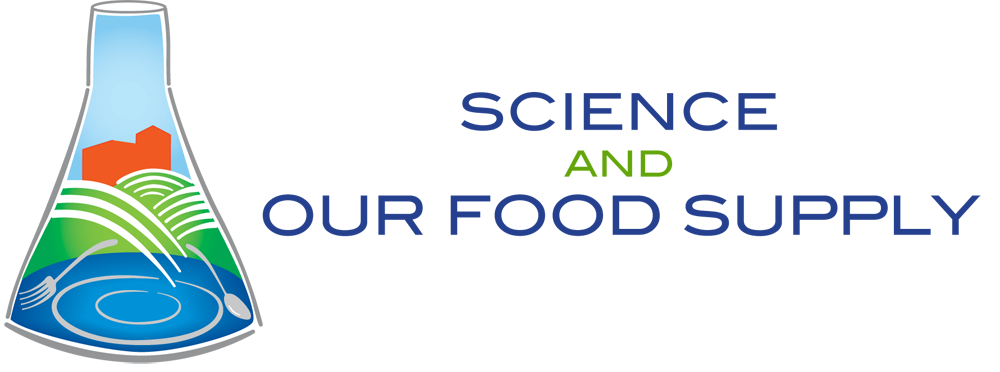Agricultural Literacy Curriculum Matrix
Companion Resource

Beef Blasters
This activity introduces students to a unique and interesting sequence of events related to the nature of scientific discovery. They will explore how scientific discoveries evolve and often lead to unexpected outcomes. While researchers were trying to develop a method of tenderizing beef, they discovered that the process they were researching also decreased the harmful bacteria in meat by 40-60%. This activity teaches students about this process and how it was developed.
Time to Complete
URL
Materials
- Beef Blasters article and questionnaire, 1 copy per student.
- Dr. X and the Quest for Food Safety video, Module 5 — Outbreak and Future Technology
Procedures
Background Information
Research scientists at USDA’s Agricultural Research Service in Maryland had been requested to explore a theory that came from a retired nuclear weapons designer. The theory suggested that shock waves unleashed by an explosive set off in water could tenderize a piece of meat submerged in water.
To explore the concept, they put steel in the bottom of trashcans. Then they suspended meat in water inside the trashcans, buried the trashcans, and detonated explosives.
The shock waves created by the explosion travel through anything that is an acoustic match with the water, and tear anything that is not an acoustical match. Beef is about 75% water, and the muscle tissue and fat are not. Thus, the hydrodynamic pressure tenderizes the beef.
Along the way, scientists discovered that applying hydrodynamic pressure to the beef was not only tenderizing the meat, but also eliminating harmful bacteria by 40 to 60%. This discovery was an added bonus!
Activity Procedure
- Begin this lesson by writing the term “Beef Blasters” on the board. Ask, "What do you think of when you see this term? Would you eat a “Beef Blaster” burger? How about a “Beef Blaster” steak?" No, it’s not a new video game or app. It’s a real process currently being researched to improve the safety of meat. You’re going to be introduced to this interesting story, and it has a big surprise at the end!
- Divide students into 5 “expert” teams. Then, distribute the Beef Blasters article with questions to each student.
- Assign each team 2 questions. Students will become the “experts” on these questions and share their knowledge with the rest of the class.
- Have all students read the article silently. Then, have each team discuss and write down the answers to the questions.
- Have each team present their questions and answers to the class.
- Have a class discussion to explore all the answers.
- Let’s see Dr. Solomon in action as he explains the Hydrodyne theory and demonstrates his explosive activities.
- Show video Module 5 — Outbreak and Future Technology. Begin with Dr. Solomon’s segment (Time: 3 minutes).
Concept Elaboration and Evaluation
Scientists sometimes have unconventional ideas and test them in unique ways. This article was a great example of how serendipity and the personality of scientists sometimes play a major role in scientific discoveries, and it clearly illustrates that science is a human enterprise. In this case, in addition to discovering how to tenderize beef, the scientist found that shock waves also work to significantly reduce the amount of bacteria on and in the meat. 
Note to Teacher
This activity is part of a complete module covering food safety. You can find each lesson on the Matrix using the links below or by searching the keywords, "Science and Our Food Supply."
File, Map, or Graphic
Author
Organization
Sources
The Science and Our Food Supply Curriculum was brought to you by the Food and Drug Administration Center for Food Safety and Applied Nutrition and the National Science Teachers Association.
- FDA Education Team Leader Food Safety Initiative: Marjorie L. Davidson
- FDA Science and Our Food Supply Project Director: Louise H. Dickerson
- FDA/NSTA Associate Executive Director and Science and Our Food Supply Program Director: Christina Gorski
- FDA/NSTA Science and Our Food Supply Program Assistant: Jill Heywood
Lessons Associated with this Resource
- Microbes - They're Everywhere!
- Blue's the Clue: Souring Milk for Science (Grades 6-8)
- Chain of Food (Grades 6-8)
- Cooking Right: The Science of Cooking a Hamburger (Grades 6-8)
- Crossed Up!
- Hands Off, Bacteria!
- Mystery Juice (Grades 6-8)
- Supermarket Smarts
- Ultra High Pressure Treatment (Grades 6-8)
- Understanding Bacteria (Grades 6-8)
- Chain of Food (Grades 9-12)
- Ultra High Pressure Treatment (Grades 9-12)
- Mystery Juice (Grades 9-12)
- Understanding Bacteria (Grades 9-12)
- A Chilling Investigation
